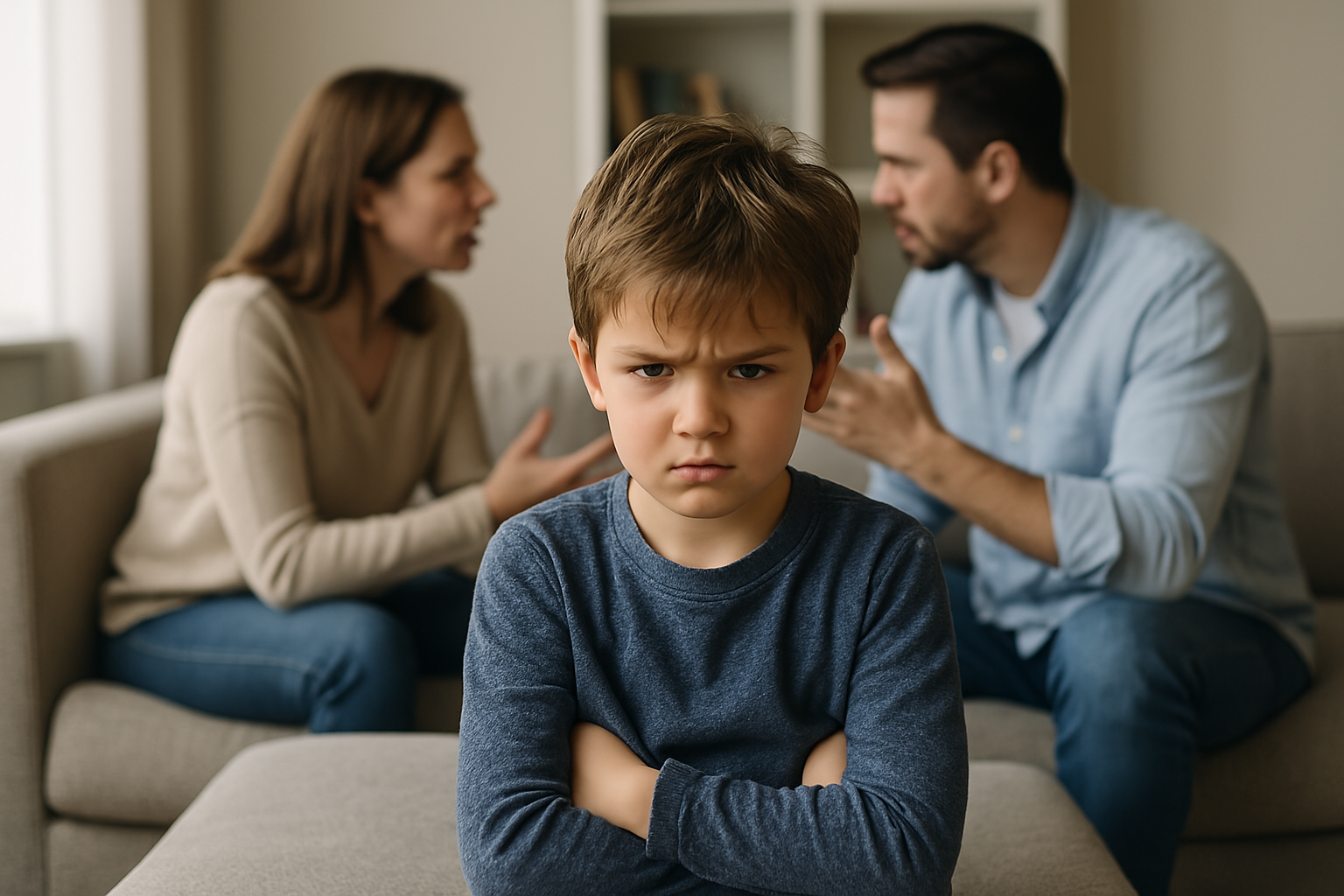Divorce is a significant life transition—not just for parents, but for children as well. While adults may wrestle with anger, resentment, and logistics, kids face their own emotional upheaval: confusion, fear, loss of stability, and a lack of control. The good news? Children are incredibly resilient. With the right support and guidance, they can process these feelings and adapt in healthy, constructive ways.
This guide explores how to recognize the signs of anger in children, understand its deeper causes, and provide meaningful strategies to help them heal.
The Emotional Weight of Divorce on Children
Anger is often a surface emotion—what lies beneath is more complex. Fear, sadness, confusion, and insecurity can all show up as frustration or irritability in children.
Unlike adults, kids have little control over what’s happening. Their routines, homes, and family dynamics may shift dramatically, leaving them unsure of what their future looks like. Some may blame themselves, feel caught between parents, or grieve the loss of familiar traditions and connections.
Understanding these challenges allows parents to respond with greater compassion and intention.
How to Recognize Anger in Children
Anger doesn’t always come out in loud outbursts. Some kids internalize their distress, while others act out. Pay close attention to shifts in behavior, mood, or engagement.
Common signs include:
- Emotional withdrawal or becoming unusually quiet
- Loss of interest in hobbies or social interactions
- Difficulty sleeping or eating
- Increased anxiety or fearfulness
- Defiant, rebellious, or risk-taking behavior
- Signs of depression or apathy
- For teens, possible experimentation with substances
The key is to stay curious, not reactive. Create space where your child feels safe expressing their emotions—without fear of judgment.
Helping Children Process Their Anger
Supporting your child through this transition involves consistency, open communication, and modeling healthy coping strategies.
Build a Sense of Stability
Divorce disrupts routines—and for children, routine equals safety. Try to maintain a predictable schedule across both households. Let your child know about changes ahead of time, and give them small choices in their day-to-day life to help them regain a sense of control.
Foster Open and Judgment-Free Communication
Let your child talk about their feelings, even if it’s uncomfortable. Listen actively. Avoid pushing them to open up before they’re ready, but reassure them that it’s okay to feel angry or sad. Validating their emotions—saying things like “I see that this is really upsetting for you”—helps them feel seen and supported.
Encourage Healthy Outlets for Emotions
Children benefit from having ways to release and process their emotions. This can include drawing, journaling, playing music, or physical activities like sports or walks. Social connection is also important—spending time with friends, extended family, or a mentor can be a powerful stabilizing force.
Maintain a Strong Support System
A child’s world feels smaller after divorce. Keep supportive relationships intact, whether that’s with grandparents, family friends, teachers, or counselors. Remind them that they are still surrounded by people who care deeply about them.
Be a Calm, Consistent Role Model
Children watch how you handle stress. Express your own emotions in a healthy way. Avoid blaming or badmouthing the other parent in front of them. Demonstrating emotional self-regulation shows your child that it’s okay to feel—and that feelings can be managed constructively.
When to Seek Professional Help
If your child’s anger becomes extreme, persistent, or self-destructive, consider reaching out to a professional. A therapist who specializes in divorce or family transitions can offer a safe space for your child to process complex feelings and build coping tools that serve them long-term.
Creating a Supportive Space for Healing
Children don’t need perfection—they need presence. Reassure them that they are loved and that the divorce is not their fault. Make space for conversations, quality time, and emotional honesty. Shield them from conflict between parents when possible, and focus on creating a home environment that feels safe and predictable.
Helping Them Thrive in a New Family Dynamic
While divorce is a major life change, it doesn’t have to define your child’s future. With your love, patience, and guidance, they can emerge from this transition stronger and more self-aware.
Remember: children are watching, learning, and feeling—even when they don’t say much. By staying present and proactive, you’re giving them the tools to grow, heal, and thrive, no matter how the family structure may change.

